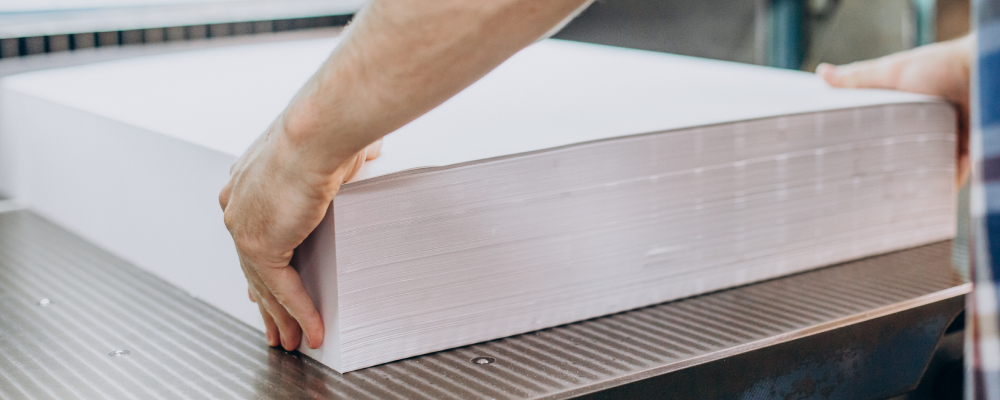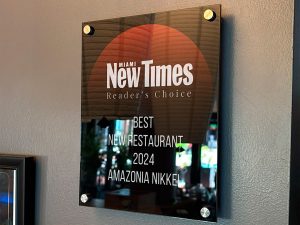GSM, or grams per square meter, quantifies the density of a single sheet of paper. The higher the GSM, the heavier and usually thicker the paper. For example, 80 GSM paper is standard copy paper used in most household printers, while 300 GSM paper is GSM, or grams per square meter, quantifies the density of a single sheet of paper. The higher the GSM, the heavier and usually thicker the paper. For example, 80 GSM paper is standard copy paper used in most household printers, while 300 GSM paper is more rigid and used for items like postcards or greetings cards. Understanding GSM is crucial for ensuring your print materials meet their intended use and durability expectations.
Why GSM Matters for Your Printing Needs
Knowing the GSM paper weight helps you select the best stock for specific applications. Lightweight 80–100 GSM paper works well for everyday documents, while 170–200 GSM is ideal for professional flyers or brochures. Heavier options like 350 GSM or 400 GSM are better suited for business cards or menus that demand a premium feel and long-lasting quality.
Paper Thickness and Weight: What You Need to Know
How Thickness Relates to GSM
While GSM measures weight, it also gives clues about the thickness of paper. A thicker sheet typically has a higher GSM. However, paper type and coating also influence thickness. For example, coated 200 GSM paper might feel thinner than uncoated paper of the same GSM due to compaction during the coating process.
Comparing Different GSMs for Various Uses
Each GSM range serves specific needs. Thin paper, such as 80 GSM, is used for printing manuals or letters. A4 sheets for general office use often come in 90 or 100 GSM. Medium GSMs, like 130 or 150 GSM, are preferred for folded flyers or leaflets. For something sturdier, such as a 250 GSM postcard or a 300–350 GSM greetings card, you want the tactile quality and durability that comes with thicker stock.
Choosing the Right GSM Paper for Your Printed Materials

Understanding Paper Stock Options
At Graphic Arts 305, we carry a wide range of paper stocks tailored for different printing needs. Whether you’re preparing a marketing brochure, a business card, or a custom menu, we’ll guide you through our GSM paper guide to match the right weight with your purpose. Choosing the right GSM paper ensures your design prints beautifully and feels appropriate to your audience.
Understanding Paper Stock OpGSM Paper for Business Cards, Flyers, and Moretions
Business cards typically use 350 or 400 GSM paper for a sturdy, professional appearance. Flyers might use 150–200 GSM for a balance between flexibility and quality. For letterheads, 120 GSM is common—thicker than standard copy paper but still easily printable. Our team can help you determine the best GSM for any printed materials, from brochures to greetings cards.
A Guide to Paper Size and GSM Compatibility
Pairing the Right Paper Size with the GSM
Paper size also plays a role in selecting GSM. A4 and letter-size sheets are common formats for most printed materials. However, a thicker GSM is needed when using larger sizes to prevent flimsy presentation. For instance, an A4 flyer printed on 200 GSM will have a more premium feel than one on 100 GSM.
Standard Sizes and Their GSM Preferences
Household printer paper is generally 80–100 GSM in A4 size. Postcards and menus, typically printed on heavier stocks like 250–350 GSM, maintain their shape even with frequent handling. Matching the correct size and GSM guarantees that the quality of paper matches the function and presentation of your material.
Understanding the Term GSM and Its Impact on Print Quality
The Meaning of GSM in Practical Terms
GSM stands for grams per square meter and is a direct measure of the paper’s weight. It helps in selecting the right type of paper for various printing needs. The heavier the GSM, the thicker and more durable the paper. It’s important to factor in both the intended use and the type of paper to ensure high-quality results.
Different Weights for Different Needs
Lightweight paper (under 100 GSM) is used for documents and internal memos. Mid-weight paper (120–170 GSM) is suitable for marketing materials. Heavy paper (200–300+ GSM) is reserved for customer-facing items like business cards or luxury brochures. Selecting the appropriate GSM improves the final product’s functionality and perception.
Make Smart Printing Decisions with Graphic Arts 305
Understanding GSM, paper weight, and thickness is essential for achieving the desired impact with your printed materials. Whether you’re printing business cards, flyers, brochures, or menus in Miami, FL, the experts at Graphic Arts 305 are here to help. From 80 GSM copy paper to 450 GSM luxury stock, we offer a wide range of options tailored to your project. Contact us today to explore the best GSM paper for your printed materials.





